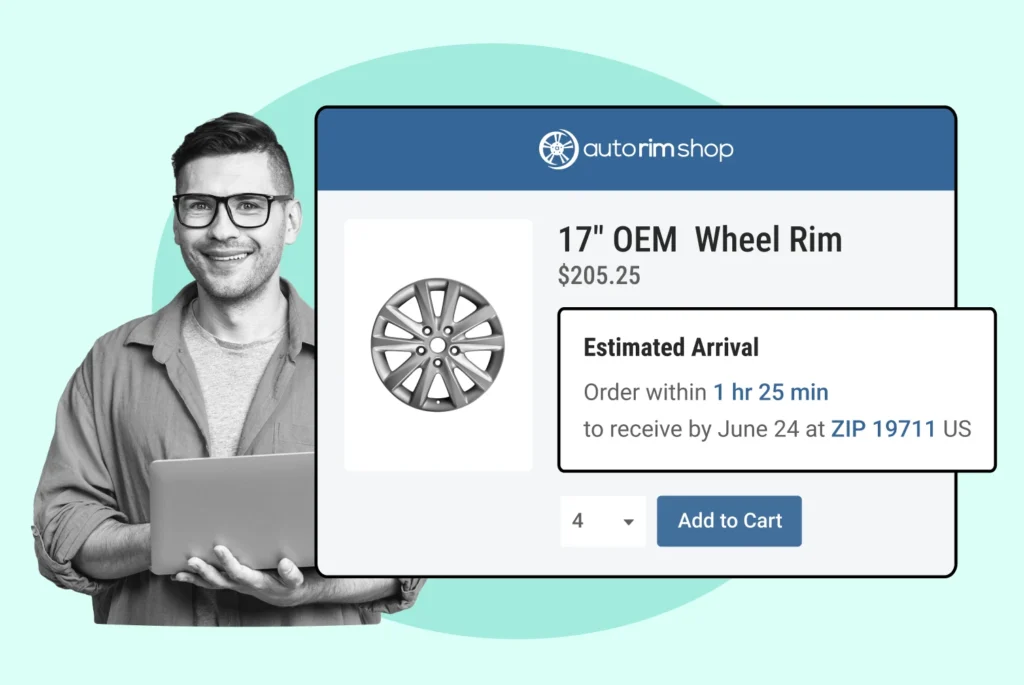
Maximizing Conversion: How to Optimize Product Pages for Better Sales
Turn your product pages into conversion engines: exceptional design, engaging content, smart SEO, and flawless mobile experience!
Boost customer experience and reduce support tickets
Realtime order and shipment tracking
Proactive order and shipping notifications
Predictive pre-purchase estimated delivery dates
Self-Serivce branded order tracking
Effortless experience delivered
Make returns profitable and delight customers
Flexibility to define any return destinations & conditions
Simplify returns for your customers and team
Incentivize exchanges over returns
Returns management made easy for your team
Understand why your customers are returning
Unify the online and the in-store experience
Hassle-free pickup experience for customers
In-Store Dashboard to keep operations streamlined
In-Store and Online orders unified
Drive foot-traffic to your stores
Boost customer experience and reduce support tickets
Realtime order and shipment tracking
Proactive order and shipping notifications
Predictive pre-purchase estimated delivery dates
Self-Serivce branded order tracking
Effortless experience delivered
Make returns profitable and delight customers
Flexibility to define any return destinations & conditions
Simplify returns for your customers and team
Incentivize exchanges over returns
Returns management made easy for your team
Understand why your customers are returning
Unify the online and the in-store experience
Hassle-free pickup experience for customers
In-Store Dashboard to keep operations streamlined
In-Store and Online orders unified
Drive foot-traffic to your stores
Find the answer to all your questions
Explore the most comon questions about WeSupply
Calculate the ROI that WeSupply can bring you
Request a no strings attached review of your current shopping experience and missed conversion opportunities
Take a step by step trip through our functionality to see how we can improve your ecommerce processes.
Read actionable articles on how to optimize your post-purchase experience and decrease support tickets
Get inspired by stories of how our customers implemented an effortless post-purchase experience
A Deep Dive into Top Companies' Order Tracking & Returns Strategy
Wondering if WeSupply is a good fit for you? Read through our use cases to see how we can help you increase conversion & improve CX!

When it comes to converting price conscious customers, cutting costs isn’t the only answer. Learn to align your offerings with their value expectations using eight effective strategies to convert price conscious customers. We’ll guide you through tactics that enhance loyalty and customer satisfaction, all while keeping your profit margins healthy. Ready to change the game for your budget-conscious clientele? Dive in.
Price sensitivity among consumers has increased due to factors like online price comparisons and economic trends; retailers must adapt their pricing strategies to maintain sales and loyalty.
Strategies such as offering free shipping, varied payment options like BNPL, downselling, price match guarantees, and highlighting ROI help convert price-conscious customers into loyal buyers.
Innovative retail approaches, such as leveraging technology for cart abandonment solutions and price drop alerts, as well as personalized marketing and flexible return policies, play vital roles in attracting and retaining price-sensitive shoppers.
WeSupply boosts loyalty and streamlines operations, offering a comprehensive solution for ecommerce businesses. From providing clear delivery estimates and engaging customers with high open-rate notifications to facilitating easy returns and green refunds, WeSupply covers all bases. Its capabilities extend to managing dropshipping and in-store returns, adapting to international needs, and automating return policies for efficiency. This strategy enhances the customer journey, meeting the expectations of price-conscious shoppers with superior service and transparency. Upgrade your ecommerce journey with WeSupply. Start redifining customer satisfaction now!
The rise of online shopping platforms and the ease of global price comparisons have amplified the prevalence of price sensitivity among consumers. Economic and social trends significantly influence price sensitivity, which can vary based on the type of goods or services, customer characteristics, and market conditions.
So, how does this influence consumer spending behavior?
Economic factors like employment rates, wage growth, inflation, and consumer confidence significantly impact consumer spending behavior. For instance, during economic downturns or recessions, consumers tend to become more price-sensitive as they have less disposable income and prioritize value in their purchases.
In response to these shifts in economic conditions, retailers have to adapt their pricing strategies to maintain sales volumes, customer loyalty, and profit margins.
Price sensitivity, also known as price elasticity of demand, refers to the relationship between price changes and demand changes. Factors affecting price sensitivity include:
The type of product or service
Reference prices in the market
Product uniqueness
Ease of switching suppliers
Available income
Customer attitudes
Retailers can mitigate price sensitivity by strengthening their brand, improving customer experience, and emphasizing product quality and uniqueness.
Understanding the factors that influence price sensitivity is essential to address it effectively. From the type of product to the buyer’s financial situation, several variables can affect a consumer’s sensitivity to price changes.
Price sensitivity is not uniform across all consumers or all purchases. It can fluctuate from one individual to another, and different sensitivities can exist for various purchases by the same person. High price sensitivity, in particular, may affect certain individuals or specific purchases more than others, which is what high price sensitivity means. On the other hand, low price sensitivity may not have as much impact on some consumers or certain purchases, and this is what low price sensitivity means.
For example, consumers are generally less price-sensitive when the total cost of a product is a small proportion of their income.
The level of competition, brand perception, and consumer demographics play a significant role in shaping consumer price sensitivity. Products that are perceived as prestigious, exclusive, or of high quality tend to have consumers who are less price-sensitive. Therefore, businesses can adopt a competitive pricing strategy by matching, pricing higher, or pricing lower than their competitors, each with its own advantages and disadvantages.
While traditional shopping strategies have their merits, innovative strategies have evolved to address price sensitivity, catering to the needs of the price sensitive shopper.
Here’s a comparison between these strategies.
Traditional shopping strategies often rely on in-person interactions, where consumers can physically examine products before purchasing. On the contrary, innovative strategies for engaging price-sensitive shoppers include offering convenience through online shopping, which has grown significantly during the COVID-19 pandemic.
Retailers can increase conversion rates among price-sensitive shoppers by offering free shipping. Let’s delve into the psychology behind this strategy and how it enhances sales.
Offering free shipping increases sales because customers are more likely to buy more to qualify for it, with 78% of consumers stating they would do so. In fact, shipping costs are a primary reason for cart abandonment, with 48% of online shoppers leaving their carts due to high shipping fees.
Free shipping does not only apply during the buying process but also post-purchase, enhancing customer satisfaction. WeSupply taps into this psychology by offering flexible returns rules, allowing for smart return policies that include free return shipping. This strategy acknowledges the importance of a hassle-free return process, boosting sales by building consumer trust and confidence in their purchases.
Retailers can address the financial concerns of price-sensitive customers by providing varied payment options. Offering flexible payment options can make it easier for customers to manage their budget and make purchases.
Installment payments and Buy Now, Pay Later (BNPL) services are two options that have gained significant popularity due to their convenience. These options enable shoppers to spread the cost of purchases over time, making expenses easier to manage within their budgets.
Flexible payment solutions not only ease the financial burden for consumers but also have a significant impact on their purchasing decisions. Retailers offering installment payments can potentially increase customer loyalty by accommodating budget-conscious consumers.
WeSupply and Clover integration offers a streamlined shopping experience by combining flexible payment solutions with efficient order management. This partnership eases the financial burden for customers by providing a variety of payment options through Clover’s all-in-one system, enhancing customer satisfaction and potentially boosting sales through increased convenience and trust.
Downselling is a strategic approach in the sales process to convert price-sensitive shoppers. Downselling involves offering a lower-priced option to customers as an alternative to the product they initially considered.
Downselling serves as an effective alternative when customers are hesitant to make a purchase at the higher price point, effectively giving them options and potentially fostering brand loyalty. It’s not the primary selling strategy but it provides a safety net when upselling and cross-selling do not lead to a conversion.
Many businesses have successfully implemented downselling in their sales strategies. For instance, Best Buy offers open-box items at a reduced price alongside new items, providing cost-effective alternatives without overly highlighting the cheaper option.
With the advancement of digital commerce, technology has become integral in addressing price sensitivity. Two such technological solutions are cart abandonment solutions and price drop alerts.
Cart abandonment solutions help reduce the average 70% cart abandonment rate experienced by online stores, thereby potentially increasing conversions. Analyzing where and why customers abandon carts is essential to develop strategies to reduce abandonment and boost sales.
WeSupply combats cart abandonment by clearly displaying estimated delivery dates, from product pages to checkout. This transparency alleviates shipping anxiety and establishes trust, leading to an increase in conversion rates. By setting realistic expectations for order arrival and consistently meeting them, WeSupply demonstrates that effective communication can significantly recapture lost sales without extra cost. See how WeSupply can transform your customer’s journey and skyrocket your conversion rates. Book a demo today to recapture lost sales with transparency and trust!
Eliminate shipping anxiety
Book a quick call with our experts to see how WeSupply can help you fulfill customer demands and gain long-term trust by clearly addressing order arrival times and keeping them. Establish a foundation for efficient delivery by embedding expected delivery dates into your logistics operation and statistics.
Price drop alerts are particularly effective for price-sensitive customers who may abandon carts due to the product cost, allowing retailers to recapture potential lost sales when prices decrease. They make shoppers feel like they’re getting an exclusive deal, enhancing their satisfaction and the perceived value they receive from the transaction, especially when they get the lowest price.
Retailers can win consumer trust and convert price-sensitive shoppers by offering price match guarantees. Let’s delve into the psychology behind this strategy and how it influences consumer loyalty.
Price matching leverages the consumer’s desire for fairness and best value, fostering brand loyalty when they believe a retailer offers the lowest prices. Retailers use price matching to affirm their commitment to offering competitive prices, which can result in a stronger emotional connection with the brand and repeated patronage from customers.
Price match guarantees differ from aggressive repricing strategies, as they focus on meeting or beating competitors’ prices only when challenged by the customer, rather than constantly adjusting prices.
Other strategies for price-sensitive consumers may include offering discounts, promotions, or loyalty programs, which do not necessarily ensure the best price but provide value in different ways.
Overcoming the emotional pain price-sensitive shoppers feel when spending money can be achieved by highlighting the return on investment (ROI) of a product or service. Let’s look into various techniques that demonstrate the long-term value of products.
Demonstrating value through customer testimonials can significantly influence consumer trust and highlight the satisfaction of past users, suggesting a higher ROI for future customers. Other techniques for showcasing long-term value include:
Creating a competitive analysis
Engaging with customers post-purchase
Developing exclusive content for customers
Establishing an online community
Investing in post-purchase software like WeSupply can significantly boost ROI by enhancing customer satisfaction and loyalty through improved communication and transparency after the sale. By streamlining the returns process and providing clear delivery updates, WeSupply helps reduce costs associated with returns and customer service inquiries. This not only leads to repeat purchases but also encourages positive word-of-mouth, further increasing sales and profitability. To see the potential impact of WeSupply on your business, consider using the ROI Calculator for a tailored analysis.
Retailers can re-engage and convert price-sensitive shoppers by implementing two strategies: targeted discounts and personalized marketing. Let’s investigate how effective these strategies are.
Targeted discounts can be particularly effective for re-engaging customers within a target market who have abandoned their shopping carts by offering a timely and personalized incentive to complete their purchase. Price-sensitive shoppers often respond positively to targeted discounts, as these offers are perceived as exclusive and can create a sense of urgency and value.
Personalized marketing strategies that incorporate personalized pricing can positively impact consumer surplus, especially when demand is sensitive to price changes. By personalizing marketing and pricing strategies, businesses can cater to a wider range of customer budgets, making their offerings accessible to a broader audience.
WeSupply leverages the effectiveness of personalized marketing through its high open-rate post-purchase email and SMS notifications. By sending tailored return shipping notifications and offering personalized deals, WeSupply keeps customers engaged and encourages repeat business. This strategy of keeping customers informed and offering custom deals post-purchase significantly enhances customer loyalty and retention. Maximize customer engagement with WeSupply. Get started now to personalize your post-purchase communication and boost retention!
Offering a flexible return policy is a critical strategy in addressing price sensitivity among consumers. Such a policy can alleviate purchase hesitations among price-sensitive shoppers and enhance consumer confidence.
A customer-friendly return policy can reduce hesitations among price-sensitive shoppers who might otherwise be deterred by the potential inconvenience and costs of returning a product. Retailers offering in-store flexible returns, such as Walmart and Target, can convert potential losses into another purchase by facilitating an easier return process for the customer.
Flexible return policies can have a significant impact on consumer confidence and long-term loyalty. Over 40% of US shoppers consider the lack of free returns and exchanges to be a dealbreaker when deciding where to shop, indicating the importance of free returns in maintaining customer loyalty.
WeSupply revolutionizes the ecommerce landscape by emphasizing the importance of a flexible return policy, offering comprehensive solutions that cater to various operational needs. This flexibility ensures customer satisfaction while streamlining the return process for businesses.
Key Features:
Control Return Destinations: Direct returns to specific hubs, warehouses, or donation centers across different regions.
Dropshipping Returns: Automate returns to original vendors with Intelligent Disposition for efficient dropshipping returns management.
In-Store Returns: Facilitate easy online return drop-offs at physical store locations without the need for boxes or labels.
Green Returns / Keep the Item: Offer refunds without return shipping for items that can’t be resold, reducing waste.
International Returns: Apply country-specific rules, adjust return addresses, and manage international return logistics.
Policy Enforcer: Automate the approval, rejection, or flagging of returns and exchanges based on custom conditions.
Unlock the full potential of your ecommerce returns strategy with WeSupply’s flexible solutions. Book a Demo!
Control return destinations
Book a quick call with our experts to see how WeSupply can help your operations team gain total control over where your returned products end up. East Coast hub? West Coast 3PL? Canadian warehouse? No problem.
Strategies for managing price sensitivity evolve along with the constantly changing retail landscape. Let’s look into some emerging trends and future directions in this area.
The retail landscape is increasingly focusing on offering economically priced products to cater to a growing base of price-conscious shoppers due to economic downturns and post-pandemic market conditions. Retailers are also focusing on identifying new drivers that influence customer price sensitivity, such as current consumer priorities and expectations, to set more effective pricing strategies.
Looking towards the future, retailers are expected to continue prioritizing the personalization of shopping experiences and promotions to manage price sensitivity effectively.
Major retailers, supermarkets, and online marketplaces are expected to continue using economic pricing strategies that focus on high-volume sales at lower prices to attract price-sensitive consumers, including price conscious customers.
In conclusion, a successful retail strategy crucially depends on understanding and managing price sensitivity. From the initial understanding of price sensitivity and its implications to the implementation of strategic approaches to address it, retailers can significantly impact their sales and customer loyalty.
Price sensitivity is a complex issue that requires a multi-faceted approach. Retailers can employ various strategies, including:
Offering payment options
Downselling
Leveraging technology
Offering price match guarantees
Highlighting ROI
Adopting flexible return policies
These strategies can help retailers address price sensitivity and encourage customers, attracting more of them in the process.
All these strategies can help convert price-sensitive shoppers and foster long-term loyalty.
Understanding and adapting to price sensitivity is essential for retailers, especially in the wake of economic changes and increased access to price comparisons. Retailers need to balance price cuts and increases effectively to maintain consumer satisfaction and achieve financial goals, even in an environment where consumers are more price-sensitive.
To successfully navigate the retail landscape, understanding and effectively addressing price sensitivity is key. By employing strategies such as offering payment options, downselling, leveraging technology, offering price match guarantees, highlighting ROI, and adopting flexible return policies, retailers can convert price-sensitive shoppers and foster long-term loyalty.
WeSupply transforms price-conscious customers into loyal buyers by enhancing the post-purchase experience with a suite of features. It provides estimated delivery dates to alleviate shipping concerns and uses high open-rate email and SMS notifications for continuous engagement. The platform allows for custom return policies and strategic control over return destinations, including dropshipping returns and in-store drop-offs, facilitating a streamlined return process. With green returns, customers can receive refunds without needing to return items, reducing waste. WeSupply also caters to international customers with adaptable return policies and automates the return process with a policy enforcer feature. This approach not only meets the needs of price-conscious shoppers but also fosters loyalty through improved transparency and customer service. Transform your ecommerce with WeSupply. Get started now for unmatched customer loyalty!
A price-conscious consumer is someone who diligently compares prices and avoids buying expensive items. They prioritize finding the best deals while shopping.
The conscious pricing model refers to consumers who prioritize paying a low price and seek the best value for their purchases, often focusing on finding the lowest price available. This model reflects a consumer behavior centered around cost consciousness and seeking cost-effective options.
You can attract price sensitive customers by offering products or services at different price points and providing increasing value with higher prices, alongside limited-time promotions, discounts, and sales.
WeSupply alleviates shipping concerns by providing estimated delivery dates on product pages, carts, and during checkout, setting clear expectations and reducing anxiety around shipping times.
WeSupply uses email and SMS notifications with high open rates to keep customers informed and engaged throughout the post-purchase process, ensuring continuous communication.
Yes, WeSupply allows for the creation of custom return policies, enabling businesses to tailor their return processes to their specific needs and the preferences of their customers.
By enhancing the post-purchase experience with its suite of features, WeSupply meets the needs of price-conscious shoppers through improved transparency, customer service, and engagement strategies, fostering loyalty and repeat business.
Learn How To Create Successful Post Purchase Email Campaigns
Build an effective post-purchase email flow that helps you increase customer satisfaction and drive revenue growth!
WeSupply is transforming the way businesses build Customer Lifetime Value by offering positive exchange experiences. By making exchanges effortless, WeSupply encourages customers to revisit your website for any product, without price constraints. Key features like using store credits or gift cards as partial payments not only increase order values but also reinforce customer loyalty. This approach is instrumental in enhancing Customer Lifetime Value, as it turns a simple exchange into a delightful shopping experience, fostering long-term customer relationships and ongoing business growth.

Turn your product pages into conversion engines: exceptional design, engaging content, smart SEO, and flawless mobile experience!
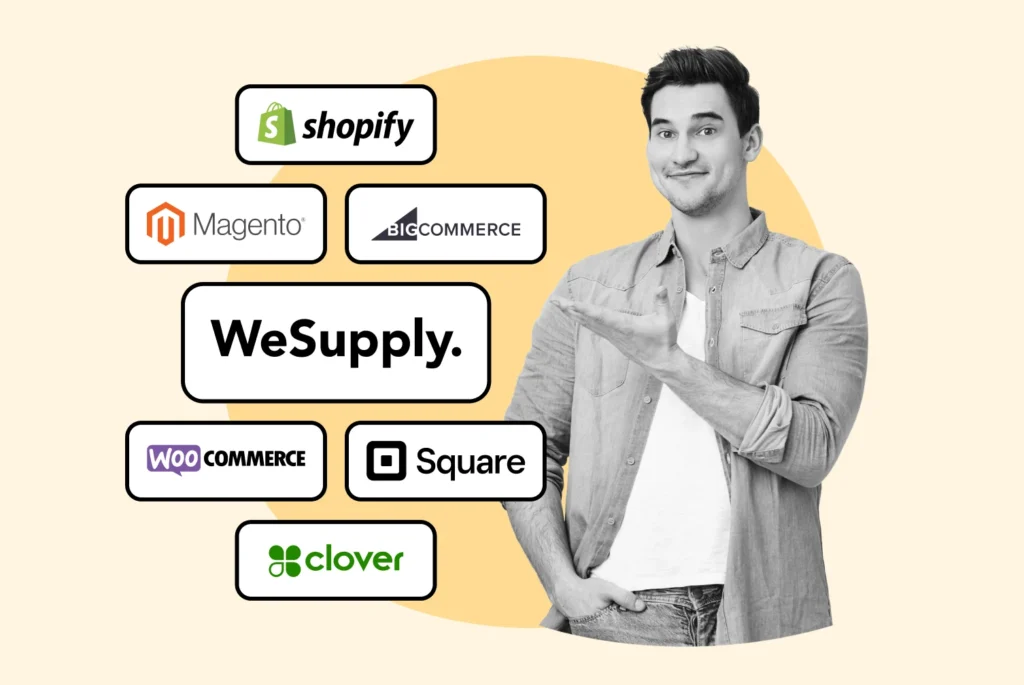
The top e-commerce platforms tailored to diverse business needs: choose a solution that promises growth, efficiency & customer satisfaction!
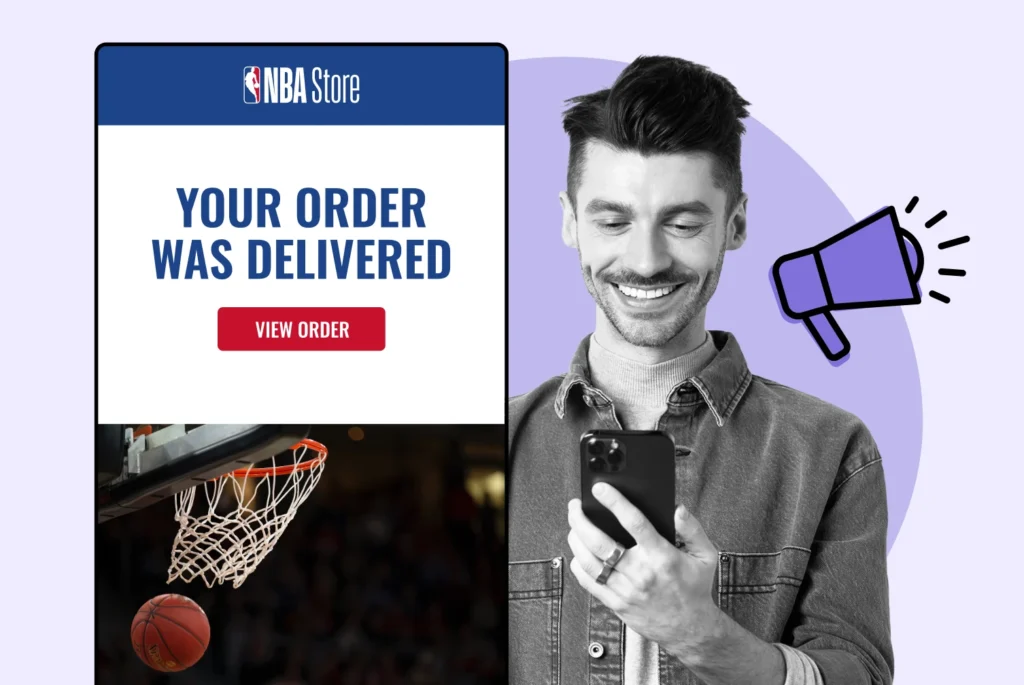
7 actionable steps to help you transform your customers into brand advocates, ensuring your brand’s message is enthusiastically shared!

This article will teach you how to grow while staying sustainable as consumers increasingly favor responsible brands.
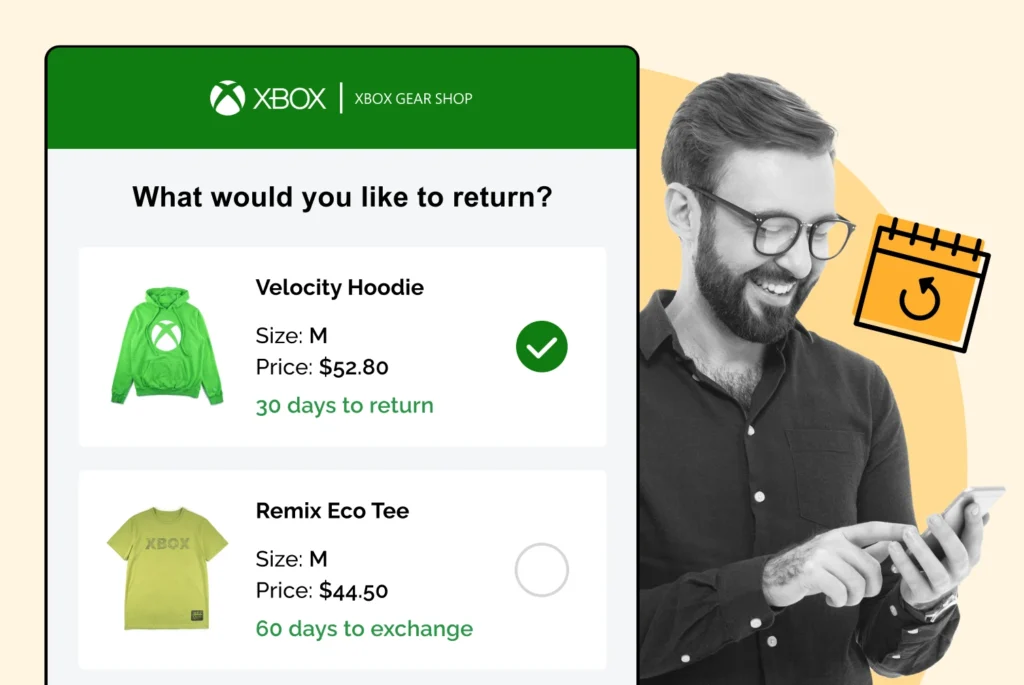
Let’s delve into return windows, their influence on brand loyalty, and the balancing act businesses perform when setting these timeframes.

Effective strategies for mobile return optimized returns in e-commerce: enhance customer satisfaction and streamline your operations!
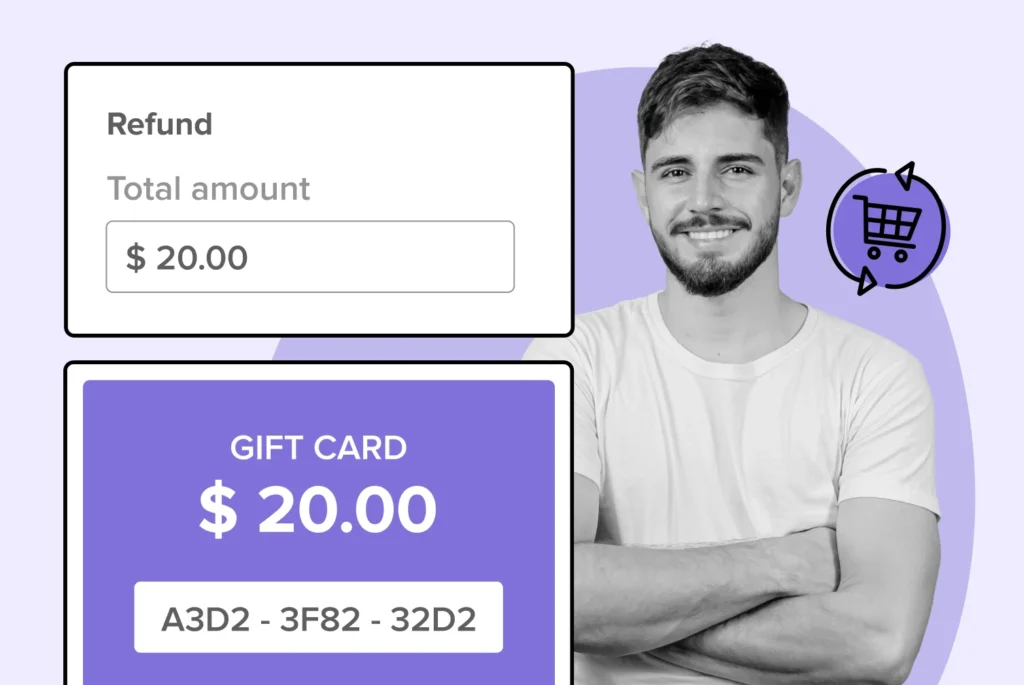
Elevate your online gift exchange e-commerce operations: proven tactics that enhance customer satisfaction and reduce hassle!
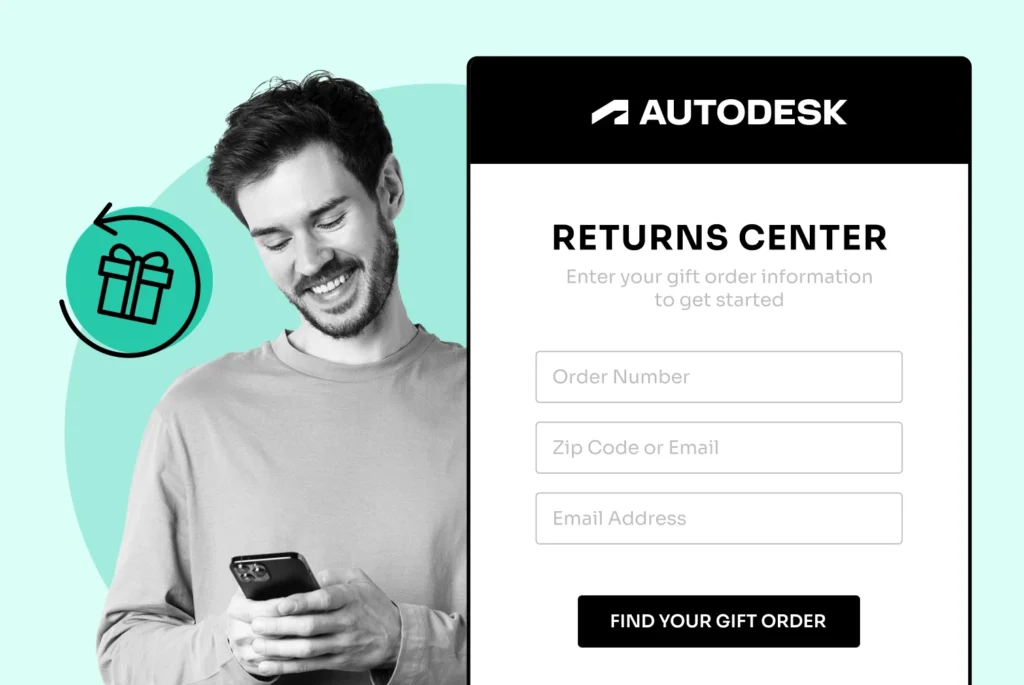
Effortless Online Gift Exchanges: Your Essential Guide Online gift exchanges can be tricky, but with the right approach, they’re a breeze.

Face today’s digital-first marketplace: actionable insights to successfully transition your physical store to a competitive online presence.